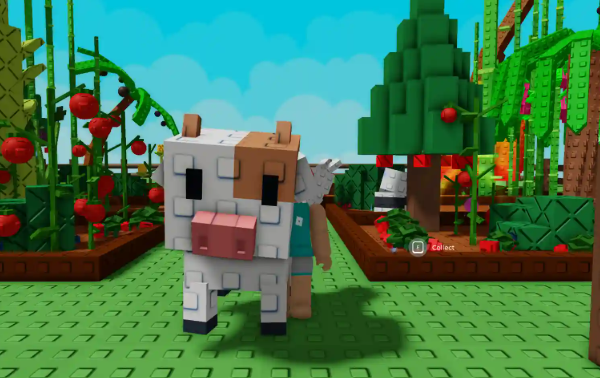 Finance
Finance
How to Farm Materials for Mutations in Grow A Garden
Mutations are one of the most exciting and complex mechanics in Grow A Garden. They let you enhance your plants with special traits that boost growth speed, resistance, or even visual flair. However, unlocking these mutations requires a steady supply of specific materials that can take time and strategy to collect efficiently. Here’s a practical guide on how to farm the best materials for mutations and make the most of your gardening efforts.
1. Understand What Mutation Materials Are
Mutation materials come from a mix of natural growth cycles, environmental effects, and pet bonuses. Each mutation type corresponds to a category of material—organic, mineral, or rare hybrid essence. Knowing which material your target mutation needs helps you plan your farming route effectively.
For example, if you’re aiming for hybrid mutations, you’ll need a mix of organic and mineral materials. These often drop from fully matured plants that have gone through at least one cross-breeding cycle.
2. Optimize Your Garden Layout
Efficiency starts with layout. Grouping plants with compatible growth cycles ensures you can harvest multiple materials at once. Try alternating quick-yield plants with slower, mutation-prone ones—this keeps your garden productive while waiting for rare drops.
Make sure to upgrade your soil quality and maintain hydration levels. Better soil increases the drop rate of higher-grade materials. If you’re using pets to assist with watering or pollination, keep their stamina topped up for consistent support.
3. Use Pets to Boost Material Yields
Pets play a surprisingly large role in material farming. Some pets improve drop rates, while others speed up growth cycles or increase mutation chances. If you haven’t invested in pets yet, it’s worth considering—many players who buy grow a garden pets early on see a noticeable improvement in farming efficiency.
Different pets specialize in different tasks. Pollinator pets, for example, tend to yield more organic materials, while digging or foraging pets are great for minerals. Players who grow a garden buy pets strategically often maintain a more balanced supply of all material types, reducing downtime between mutation experiments.
4. Time Your Harvests
Harvest timing matters. Collecting plants too early can reduce your chance of getting rare materials. Letting a plant reach its “overripe” stage, especially under ideal conditions, often increases mutation material drops. Keep an eye on weather patterns too—certain materials are more common during sunny or rainy cycles.
5. Trade and Resource Management
If you’re short on specific materials, consider trading with other players or using in-game exchange systems. Some communities and marketplaces, such as U4GM, are known among players for helping with resource balancing and general game tips. While trading can’t replace good farming habits, it’s a useful supplement when you’re focused on specific mutations.
6. Experiment and Track Results
Finally, don’t forget that farming for mutations is part science, part art. Keep a personal log of what conditions led to successful mutations—weather, soil type, pet combinations, and plant pairings. Over time, you’ll build your own optimized system that produces high-quality materials more reliably.
Final Thoughts
Mastering material farming in Grow A Garden takes patience and observation, but the payoff is well worth it. Once you find the right rhythm of plant rotations, pet support, and harvest timing, you’ll have a steady flow of mutation materials ready for experimentation. Whether you’re a casual gardener or a dedicated breeder, efficient farming keeps your garden evolving and thriving.














